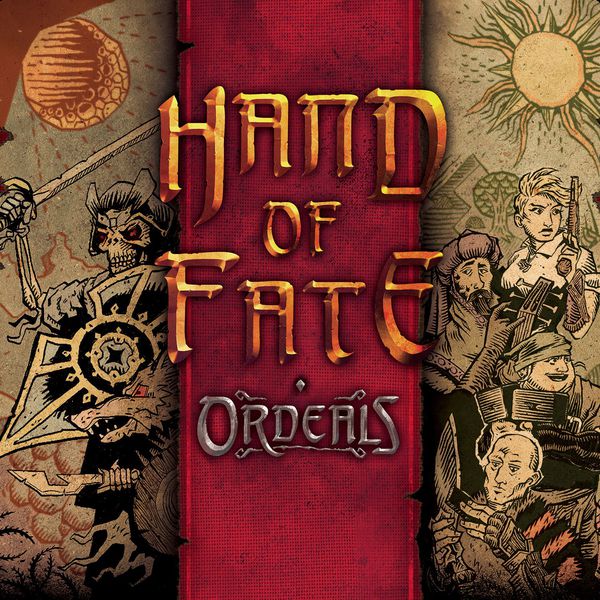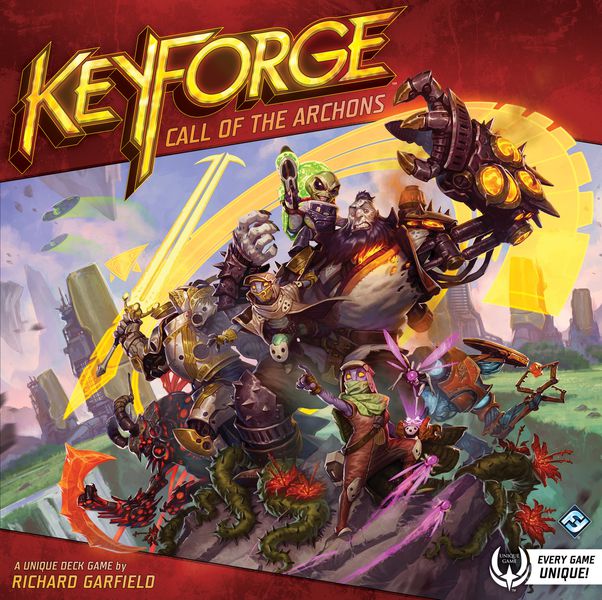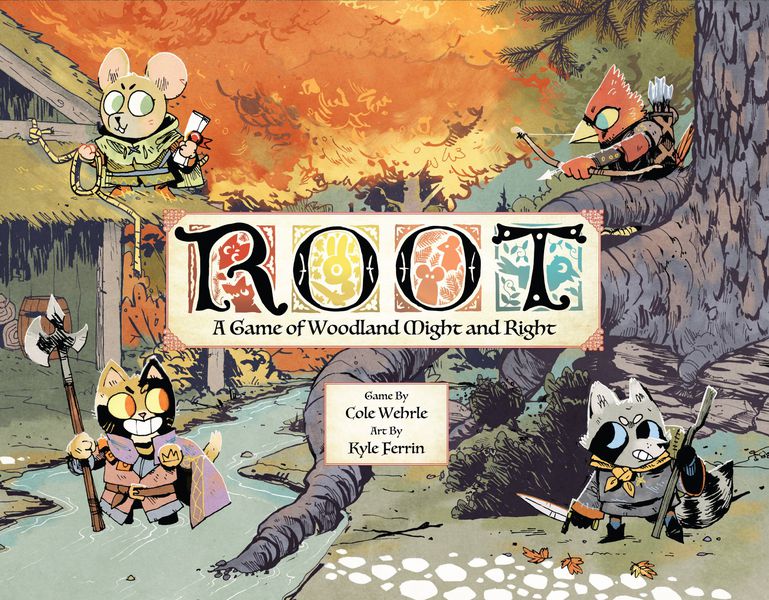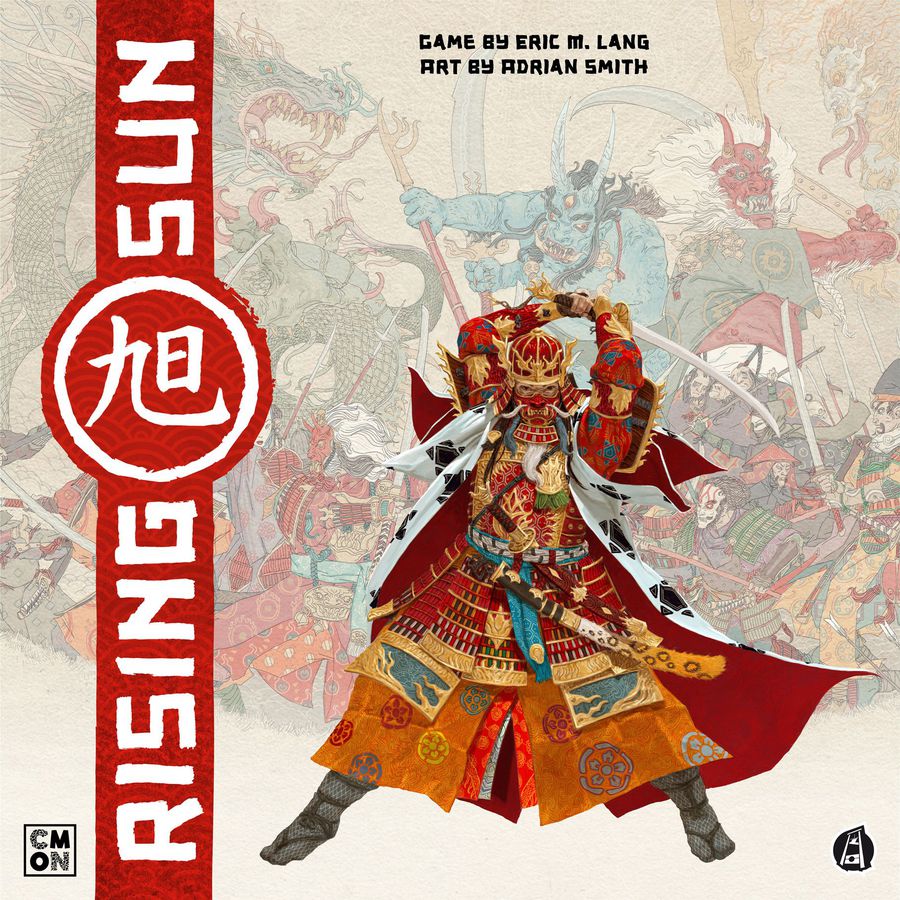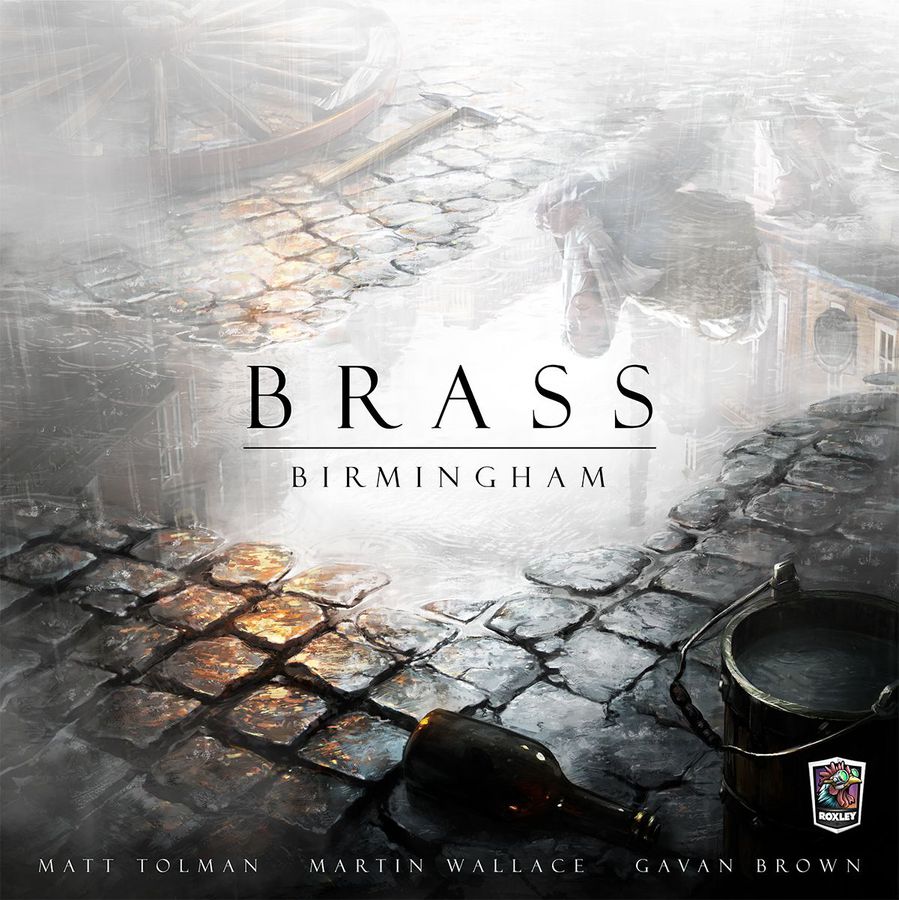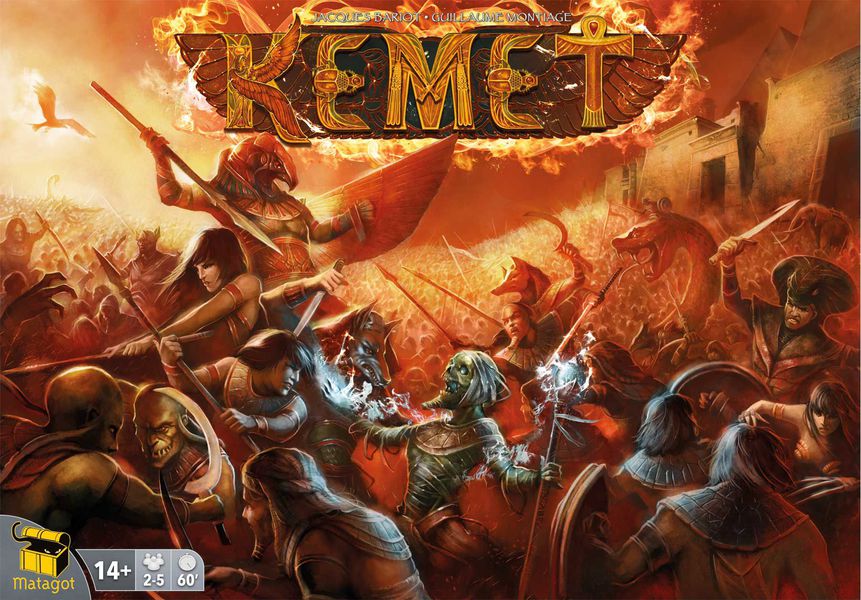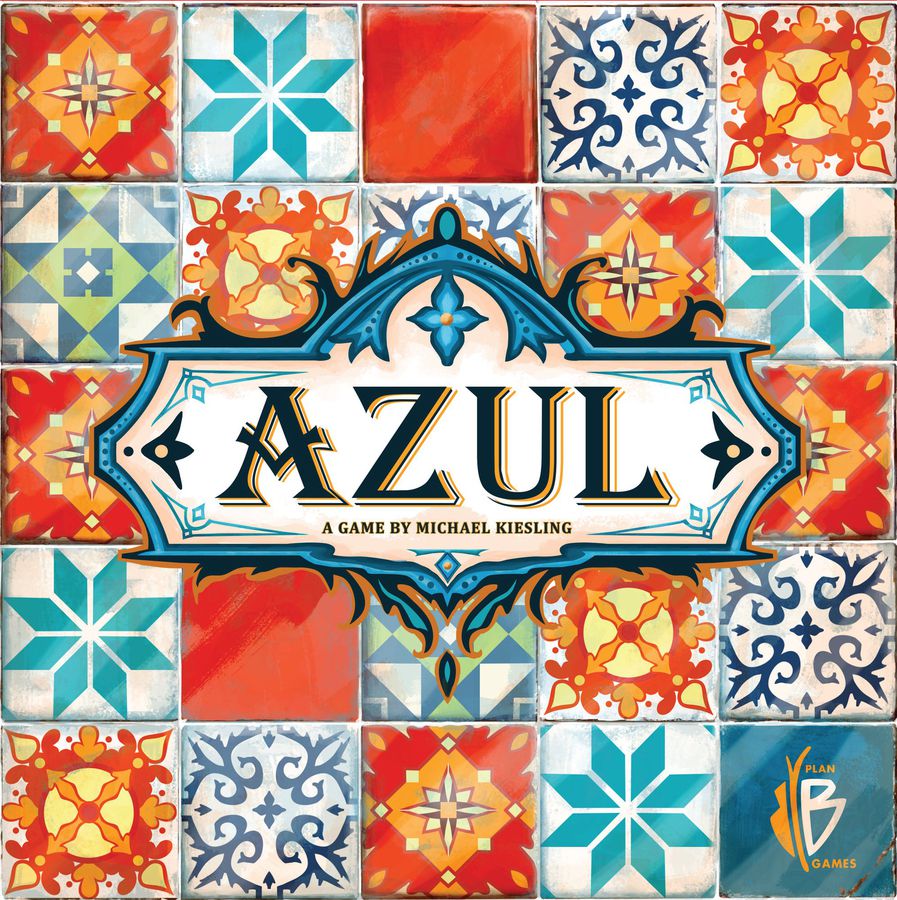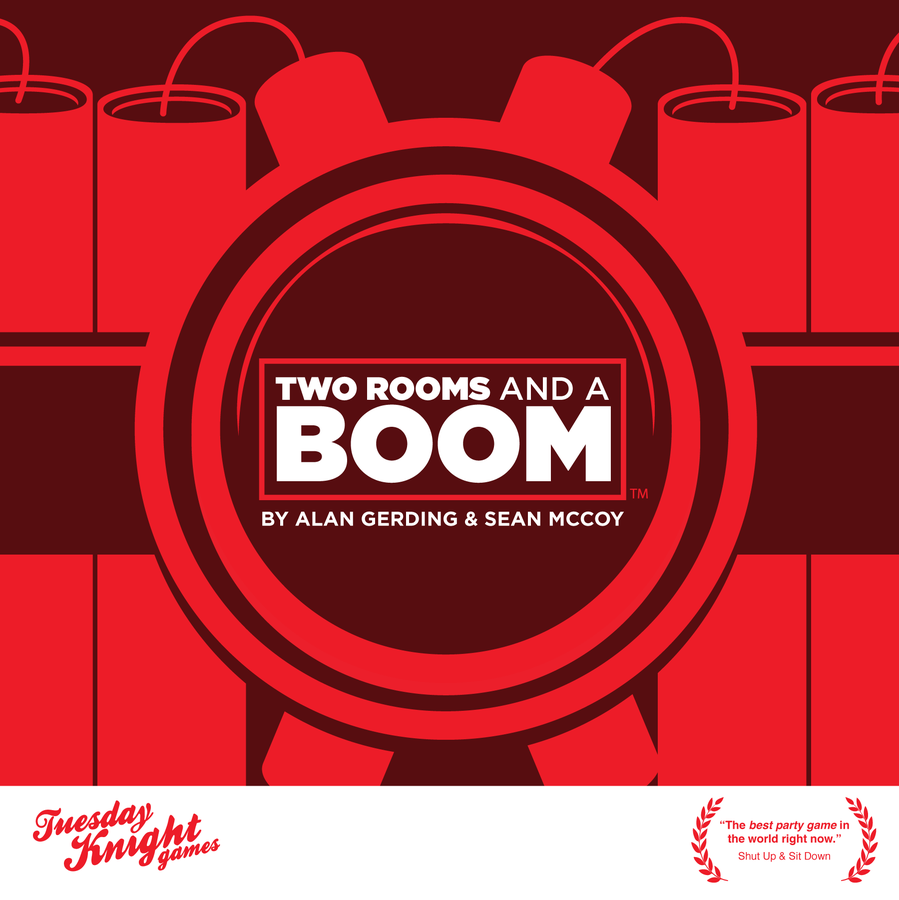The Adapted Future
In my previous two articles I made the case that publishers should be providing a digital version of tabletop rulebooks to better serve players, and then I made a living digital adaptation for Hand of Fate: Ordeals to demonstrate the concept. In this article, I’m going to evaluate the process, and explore some ideas about how this system could fit into the industry. But before we jump into the future, we must reconcile the present. Was this project successful? Let’s go back to my original goals to evaluate.
Evaluation
Primary Goal
Through the Export function of InDesign, export a web document that can as a rules reference for the game and conformed to contemporary web standards (which ensures that it is a friendly and usable document).
Breaking that down a little:
- The document’s intended use is a rules reference, not a rules replacement. Any person, or group, that uses the document should also have access to a physical rulebook.
- Achieved!
- The document must be responsive. That is, it must be easily accessible and readable on a range of devices, especially devices that live in people’s pocketses.
- Achieved!
- As a general rule, text should not be delivered as image. This is important for a rulebook that must be searchable, and it is respectful of the reader’s bandwidth.
- Mostly achieved. Diagrams, with text labels, are delivered as images but are well-supported by adjacent, searchable text.
The Primary Goal was achieved, and I have demonstrated that it is possible to make a living digital adaptation of a rulebook, but it was not a simple process and sacrifices were made. Let’s move onto the Secondary Goals.
Secondary Goals
- The Export process should be a single process without any additional manual post-processing, but can involve some automated processes. The original designer of the rulebook, or any sufficiently skilled human, should be able to press a button and output the web document.
- Mostly achieved. Anybody who needed to press the button would need their system setup, but this is fairly easy to do with a tiny bit of command line.
- The original InDesign document must be intact. The original designer, or any subsequent designer / editor / human, must be able to update and use the document as before, with functionality added, not taken away.
- Somewhat achieved. Anybody can edit the document, but they would need to be trained how to edit so the changes flow through properly.
- The process should be as un-intrusive as possible. It would be best to design a system that would work for most InDesign files, without intervention in the file, but I don’t believe that goal is achievable.
- I was correct in my initial scepticism. It was hard to implement an un-intrusive process, and having completed the adaptation, I believe that the best time to implement any adaptation system would be at the beginning of the rulebook process. Setting up a firm foundation or template and training layout designers is best because it is most efficient, but an intrusive adaptation remains viable, it is just more time and resource intensive.
- The process should respect the original layout of the document. This is a considered decision with this as a case study, since the layout is more than just linear text with in-line images.
- Somewhat achieved. This was was also a considered decision as I chose to prioritise user experience and responsiveness over an aesthetic consistency between digital and physical versions of the rulebook. For future adaptations, this would really depend on the scope and budget of the project. For tighter budgets, fewer resources would be invested in the design of the document, making the document more basic and generic. The difficulty of maintaining visual consistency and conforming to web standards is also highly dependent on the original document.
- The document should track changes to show players if any content had been clarified, changed or errata’d to hell.
- Achieved
- Additional goal: The document should let users easily share content.
- Achieved!
New Horizons
The sun has set over this pilot project, and the future looks bright. I was able to construct a system that achieved my initial primary goal, and I’m handing over an InDesign document to Rule & Make that can be used by any sufficiently-skilled human, with a little bit of on-boarding. They can update the document and create new print PDFs, and even still make awkward web PDFs. My secondary goals were mostly achieved but as the project progressed the adaptation got more extensive and more intrusive. I had hoped for a simple, easy solution and while I have not achieved a solution that is either simple or easy, I still have a solution.
Before we move on, I should note that the crafting of this system really lent hard on my particular areas of expertise. To construct this system, I needed:
- High level of expertise in both InDesign and Illustrator, plus a little bit of image processing through Photoshop
- Developer-level skills in post-processing HTML, Javascript and CSS through a task runner
- Web designers skills to craft the actual web document
- Buckets of time
From what I’ve learned about the effort and skills needed to create this system, I think there are 2 possible models to pursue to get this solution adopted by the industry, and a third possible future model that may emerge as technology advances.
Publisher Model (Give Me A Job)
I’ve been an in-house designer in a non-tabletop company for 9 years, and a lot of my thinking and the way I tackle projects has been shaped by that position. For a company with a regular and consistent output of games, it would make sense to employ somebody with sufficient skills to deploy this system. They would work with rulebook designers to setup InDesign documents that could easily be brought into the system, or they could design the rulebook themselves from the ground up (depending on the size and output of the company, it’s likely that this person would have other duties such as general graphic designer or web development). This company would gain a competitive advantage over their competitors, by better serving their players. This would make a lot of sense for publishers whose games follow a lifestyle model with regular releases (Fantasy Flight Games, Games Workshop), as they have a dedicated player base and are more likely to want to update their rules with clarifications, frequently asked questions and errata. It would also make sense for companies that do big premium releases that are very content heavy and likely to require clarification on release (CMON, also Fantasy Flight Games, miniature-based games generally released through Kickstarter).
While I started this project with the term adaptation in my head, the process has made me doubt that this is a good term moving forwards. To truly thrive in a time that is dominated by the digital space, we need to move beyond digital adaptation as a post-process and consider it in the early stages of rulebook design. I believe that the best way to deliver rules going forward will be to focus on the content, not the medium and that this method will best succeed when tightly integrated into a publisher’s internal team.
Service Model (Make myself a job)
The alternative to this would be to set up a service model, along with the lines of Dized or learn to play videos. Publishers would pay a fee to submit their rulebook to the service, and the service would convert the document to fit into their export system. The service could either take control of the rulebook, making updates for the publisher, or return the rulebook to the publisher, and then make updates on request. The service could host the rules are on their own site or work with the publishers to deploy onto the publisher’s site.
While other service models are consumer-funded, it doesn’t seem to make a lot of sense for this model to be, as it requires significant interaction with the publisher. It is possible that you could start a conversation with a few publishers and crowdfund the running of the service, and do adaptations on a request-basis, but this seems very messy to me. Dized seems to operate on a similar system and I think it will be worthwhile following their journey to evaluate whether this is a viable model since it initially struggled to find support.
Program Model
I designed an out-of-the-box solution with the tools available to me, but as those tools advanced they may progress toward providing an in-the-box solution. As demand increases for digital content that conforms to web standards, Adobe and their competitors will likely continue to work on their InDesign Export function, and may progress towards the fantasy of a single button, in-program solution.
Alternative Models
I have designed a solution to a constructed problem, but there are different solutions depending on how you phrase that problem, and we are already seeing those models in the marketplace. Dized promises to support players throughout their learning process, reducing the need for a rulebook, and many games are now shipping with companion apps that take care of the more complex rules interactions in the game. My concern with app-based solutions is they will likely be resource-intensive to create and maintain, making it a viable solution for big publishers, which may leave smaller publishers behind and out-of-sync with the digital age. A living digital adaptation may succeed as a basic, cost-effective model in an eco-system with more advanced and better-funded digital rules resources.
Possible Targets
Before I started this process I had a strong idea of what games were well-suited for digital adaptation, but the process has shown me the pain points of adaptation. One of the most surprising things about this project is that it changed my concept of what makes a good rulebook. Looking at rulebooks with fresh eyes, I now believe that well-written, text-heavy rulebooks are superior to rulebooks that heavily rely on images and layout to explain concepts. While I struggled with some concepts in Root, the rules were incredibly robust and clear, despite being less graphical than other rulebooks. I now believe that in rules reference documents, images should always be superfluous and explanatory. That is, a reader should be able to learn the rules without visual reference, but the visual reference helps explain and clarify concepts that might prove confusing. This approach, focussing on the written content of the rules, would make it easier to adapt that content to different mediums.
After creating the living digital adaption for Hand of Fate: Ordeals, I believe I can have a strong sense of what games are good candidates for adaptation, based on the game itself and the released rules document.
Hand of Fate: Ordeals
As a baseline, this was both the best and the worst place to start. The layout of the rules immediately introduced a question that needed to be solved. It is a complex game with a lot of different systems and a fairly extensive card glossary, so players are likely to rely heavily on the rulebook throughout their first play, as they encounter the rules for combat, boss fights and how specific cards interact. I think the game is well-served by a digital adaptation, but the process was fairly intensive, and it might have been hard to justify investing resources in.
Keyforge and FFG LCGs
The Keyforge rulebook almost seems intentionally designed for digital conversion. The rules are text-heavy without a strong dependence on images in a clear two-column layout, which means it would be a very straightforward process to transform the document into a responsive web page, with single-column text at mobile sizing. This is such a good candidate that I even suspect the rulebook was designed with this in mind, we’re just waiting for the delivery of it via the app.
Looking at the Andrioid: Neturnner FAQ (may it rest in peace), I’m mystified why it’s a PDF at all. It’s almost entirely single-column text and would be better delivered as HTML, with some good print CSS, so that it would be more easily accessible and searchable. I’m guessing the problem here is an established way of doing things. The publisher has created a PDF because that is how they have always delivered rules, but I strongly believe that it is no longer the best way to deliver rules in 2019.
Candidacy: 5 / 5
Root
ROOT is a strange game, it has a fantastic user interface that helps ease you into the game but you really need to play the game and fail a little to understand it. The rulebook remains very important as a rules reference, especially in regards to how the different factions work, as players will often want to quickly find the rules for their particular faction or the faction they are looking to oppose. An additional problem I found (as previously referenced in the Case article) was that finding the best and most clear rule was often frustrating. I would look in the Law book, but not be quite clear, so would just double-check the Learn to Play to see if it was explained in a different way that was easier to understand, and then would go to Board Game Geek for the final solution. An updated, searchable rulebook would almost completely solve this problem, because for me the problem was in the interface, not the content. The layout of the Law of Root would make it a very simple conversion, and the layout of the Learn to Play is actually reasonably straightforward as well, so this remains a good candidate as it has a good use case and is well-primed for the process.
Candidacy: 4 / 5
Rising Sun
This game takes up an enormous amount of space, so there’s no spare room for the rulebook to rest on most tables. While the game is simple in some respects, some of the most important rules are hidden away from the player, such as the main action of each player’s turn. While playing, I found we often needed to pass around the rulebook to properly prepare for turns and could have done with some clarity to individual components, particularly in regards to the Dynasty factions. While it’s not an easy rulebook to convert, with lots of big spreads used to explain concepts, I think it has a dire need. I never quite got to the point that I needed to deep-dive into forums for clarifications, but with previous releases from CMON, I found that poor clarity in the rules eventually led me to Kickstarter updates to work out the design intent of particular figures. With such a large amount of content produced by CMON via their crowdfunding process, a digital rules reference could extend to provide detailed information about individual components, including strategy intent, inspiration and designer intent, that is currently left to wither in the internet archive of Kickstarter updates.
Candidacy: 3.5 / 5
Brass
The high production values of the new edtion, supported through crowd-funding, suggest there might have been resources to integrate an online rules implementation, but the rulebook is not adaptation friendly. It is dense with images that are blended into the graphic design of the book and heavily annotated. Additionally, while this is a heavy game, it’s not overly complex (beyond the Build action) and it doesn’t take too long before players are able to move away from the rules. As opposed to other games that I’ve taught, when players are likely to request access to the rules for clarification, it’s generally been best for the most experienced player to explain and clarify, so all players can understand the intricacies of the various actions, systems and interactions. You could argue that all rulebooks should have a digital adaptation but Brass demonstrates that adaptation as post-process is problematic. The rulebook is very well-suited to the canal era, but we’re moving into the age of rail (in case you’re not laughing, this is a joke based on the game’s mechanisms).
Note: Roxley have put the effort into updating the rulebook for Brass, and are using the term of a living rulebook to describe the system of always having the most up-to-date version of the rules available. A short, unthorough investigation revealed that they don’t have a rules PDF hosted on BGG for either versions of the game, but that the official link on the BGG entry for the Birmingham version leads straight to the updated rulebook. However, I can’t find a direct link on their site, and can’t find a similar link for the Lancashire edition. It’s possible that links are provided in the physical rulebooks. Roxley get A+ for going part of the way, at least.
Candidacy: 2 / 5
Kemet
Kemet is a fairly straight-forward game compared to rivals in its box-size and genre, but players inevitably spend a lot of time with their nose in the Power Tile reference. A digital reference would be useful for the game, but I believe the game would be better served by an app with more functionality, that lets player explore potential combinations given their personal Pyramid levels and available tiles.
Candidacy: 2.5 / 5
Azul
There is a very small argument for having a good Learn to Play guide and a scoring reference for Azul, but it’s such a simple and elegant game that a rules reference is mostly unnecessary. I did recently pick up the rulebook to clarify what the scoring effect of the 1st player tile was, and was frustrated that I wasn’t able to immediately find it using a search function.
Candidacy: 1 / 5
Two Rooms and a Boom
This is a game that really needs to be taught and facilitated, but it also really needs a rules reference during play as players also to know what all the roles do. The amount of knowledge needed to play the game well can be off-putting. A simple rules reference and card glossary for players to use in-game would be valuable, but an app solution along the lines of One Night Ultimate Werewolf would probably be more effective. Ideally, players would be able to select roles through the app, have a quick role description read to them and then have those roles for reference throughout the game.
Candidacy: 2 / 5

